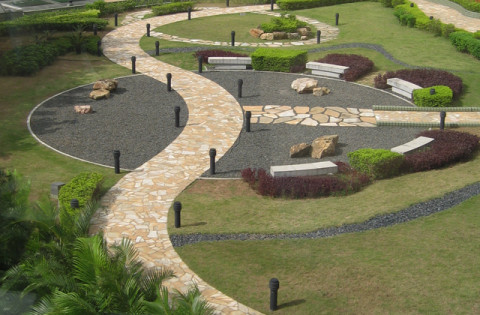Designing for People with Sensory or Psychological Challenges

Many users of designed spaces and objects have sensory or psychological challenges that complicate their experiences in the physical world. These people might be visually impaired, deaf, depressed, or have ADHD or ASD, for example. Cognitive scientists have learned a great deal about how design can encourage positive life experiences for these individuals.
